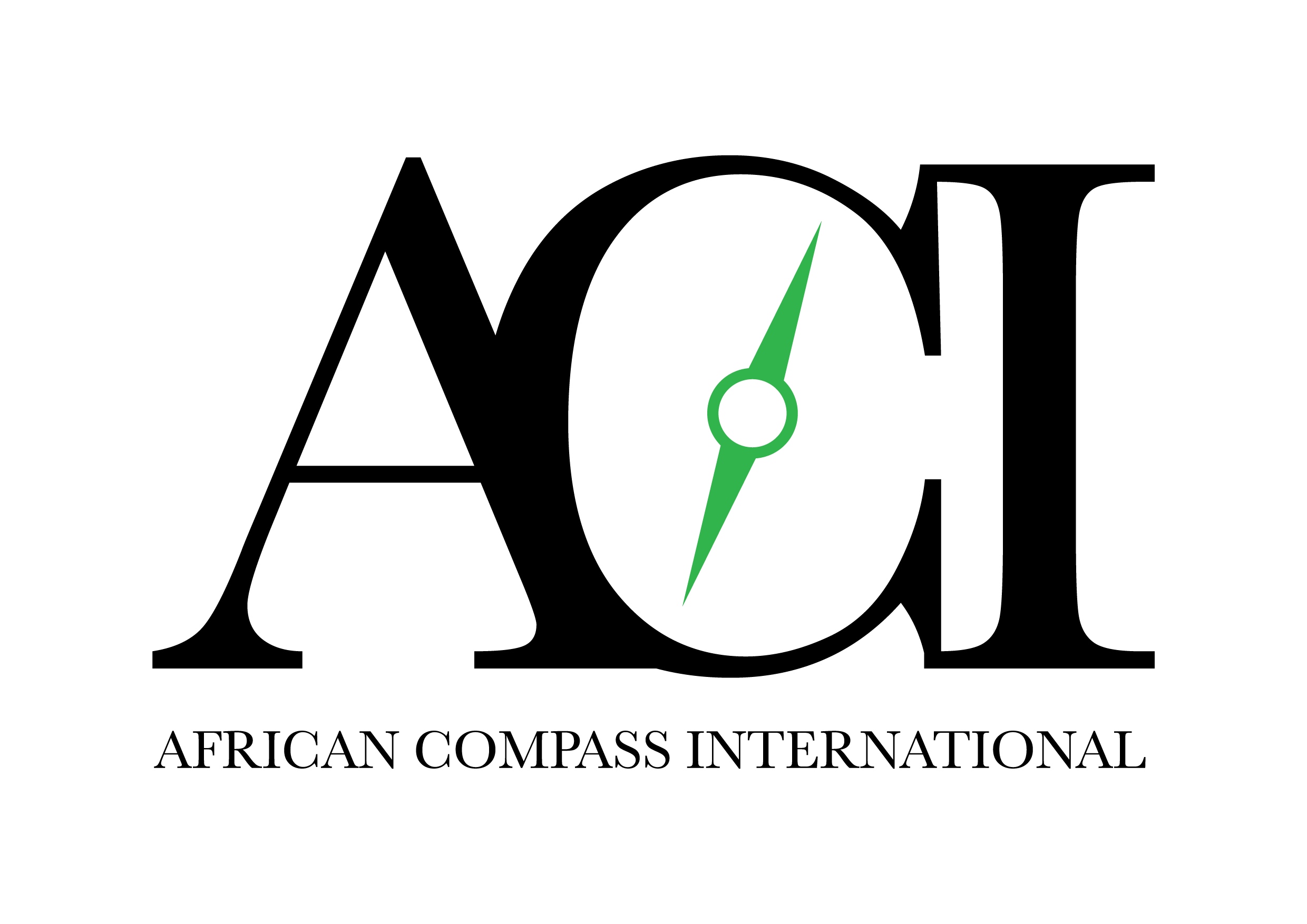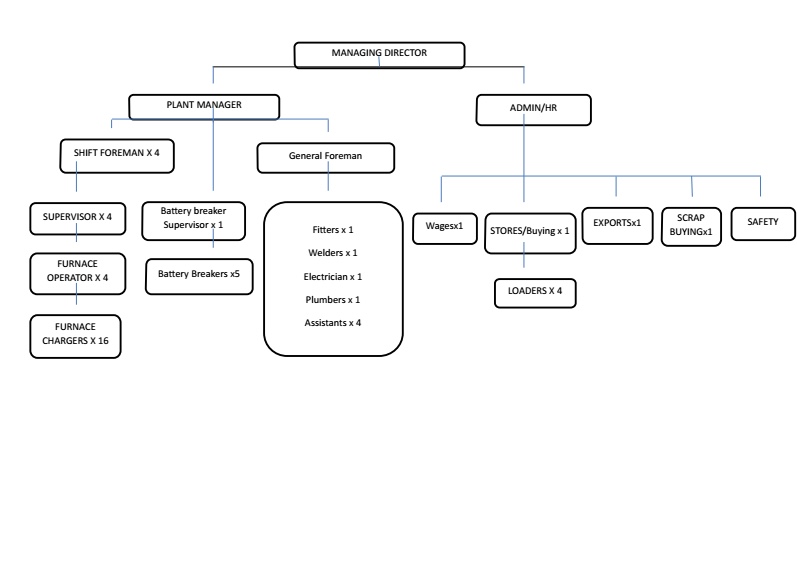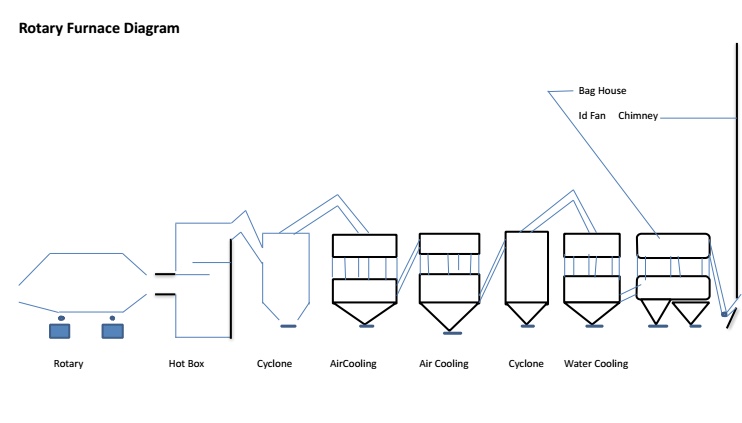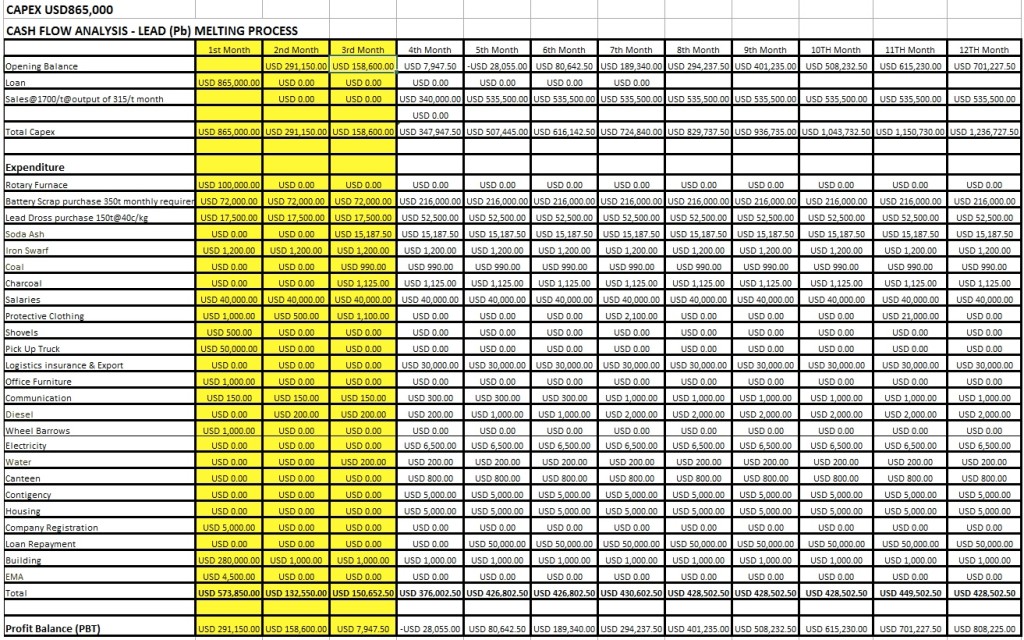概要
The most efficiently recycled material, リード (PB) is a highly efficient material with more than half of the world production coming from recycling. Pb-acid will account for half the demand of rechargeables. This battery is mainly used for automotive and stand-by applications. Because of low cost and dependable service in adverse environmental conditions, Pb-acid enjoys a steady increase year-on-year.
The demand for Pb acid batteries is governed by vehicle production. Battery replacements have decreased as new technologies have extended battery life. With the switch to electronic braking and steering by wire in upscale cars, the 3kW capability of the single 12-volt battery will no longer be sufficient, ushering in the 42-volt system. Two 12-volt batteries may be the interim solution.
HIGHLIGHTS
PROJECT STRATEGY
- New plant for Pb production
- Strong number 2 player
- To create competition based on the success of one producer
- Competitive edge – (1) aggressive takeover of market share of supply based on cash purchase of consumables, plant stationed in the heart of supply; と (2) optimum operational efficiencies
COMPETITION INTEL
- Production estimate of monopoly competitor: 24t every 24 hours
- Export: 24t every second day (+-400t/month)
- Value a month: USD680,000
- Operational cost: 55% of price
- Estimated PBIT per/month: USD306,000
- Pb is regarded as a hazardous material, the more it can be handled and disposed off by experts the better for the environment to meet for instance supranational legislation like the EU Regulation on Registration, それvaluation and Authorization of Chemicals (REACH) goals in the manufacturing, use and handling of chemicals as well as RoHS.
SOURCE OF RAW MATERIAL/FEED
- Industrial arisings (Pb dross etc.)
- Battery manufacture scrap (clean grids etc.)
- Industrial Pb plates (storage plates etc.)
- Automobile batteries (traction cells etc.)
- Refining metals (antimonial Pb etc.)






